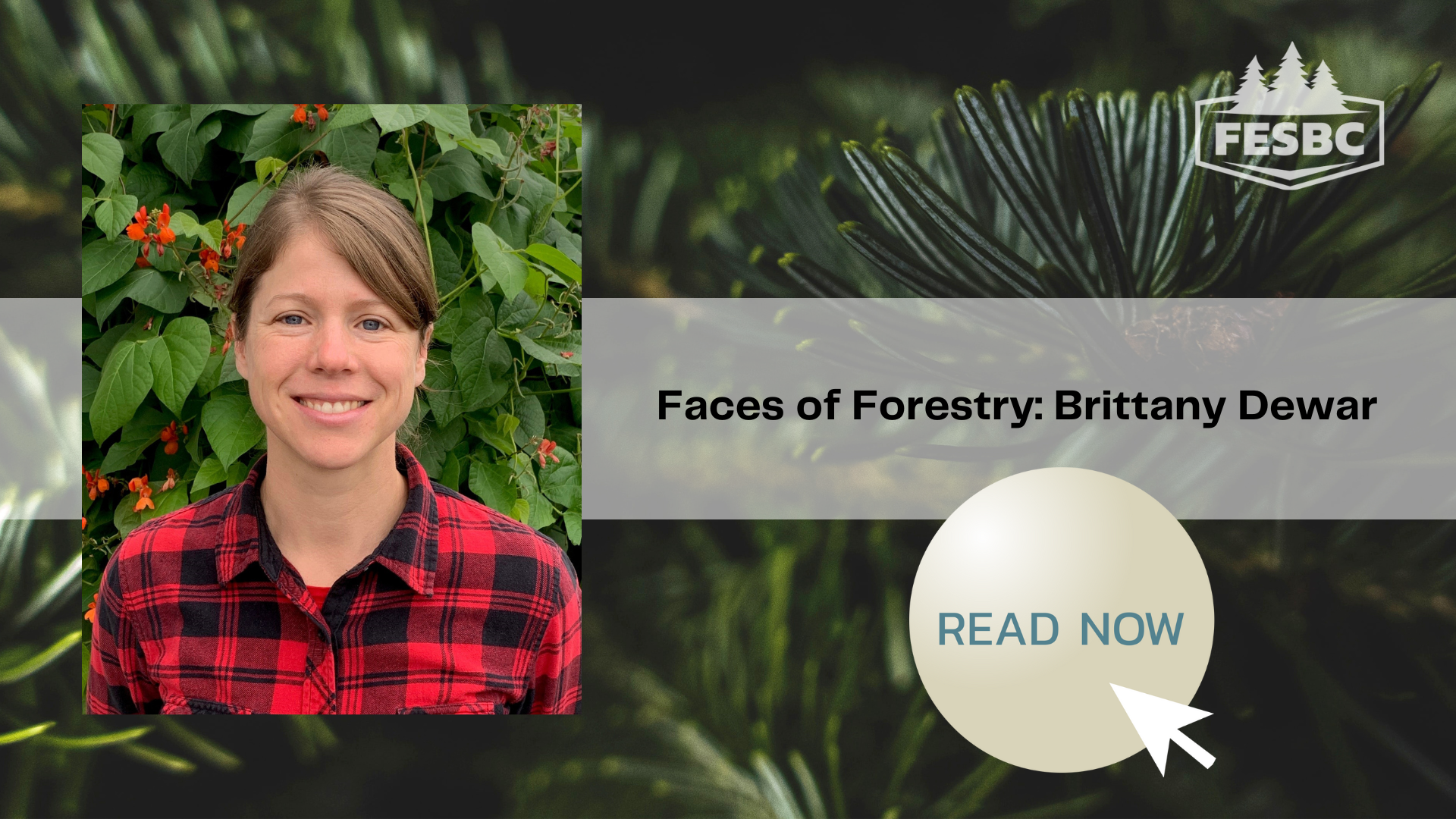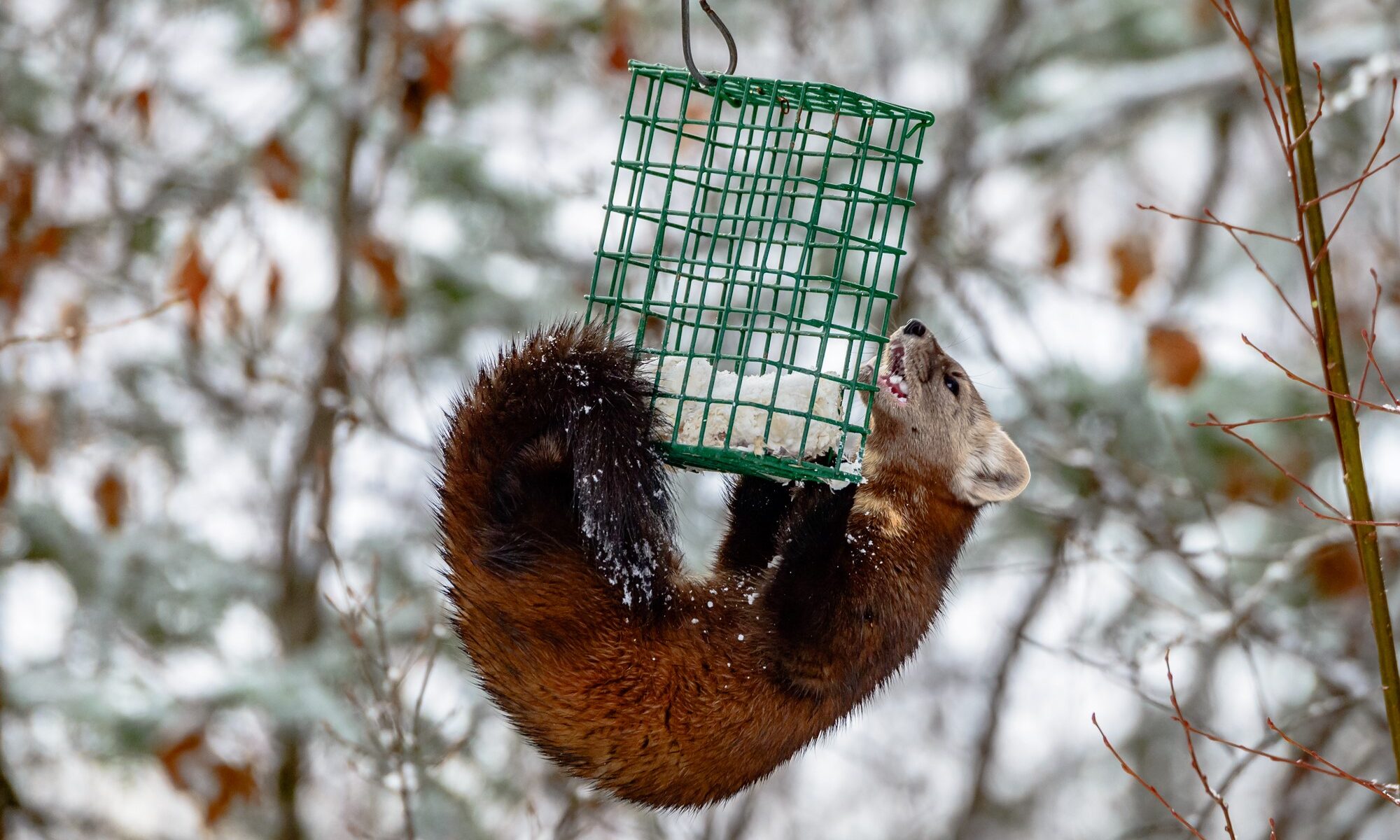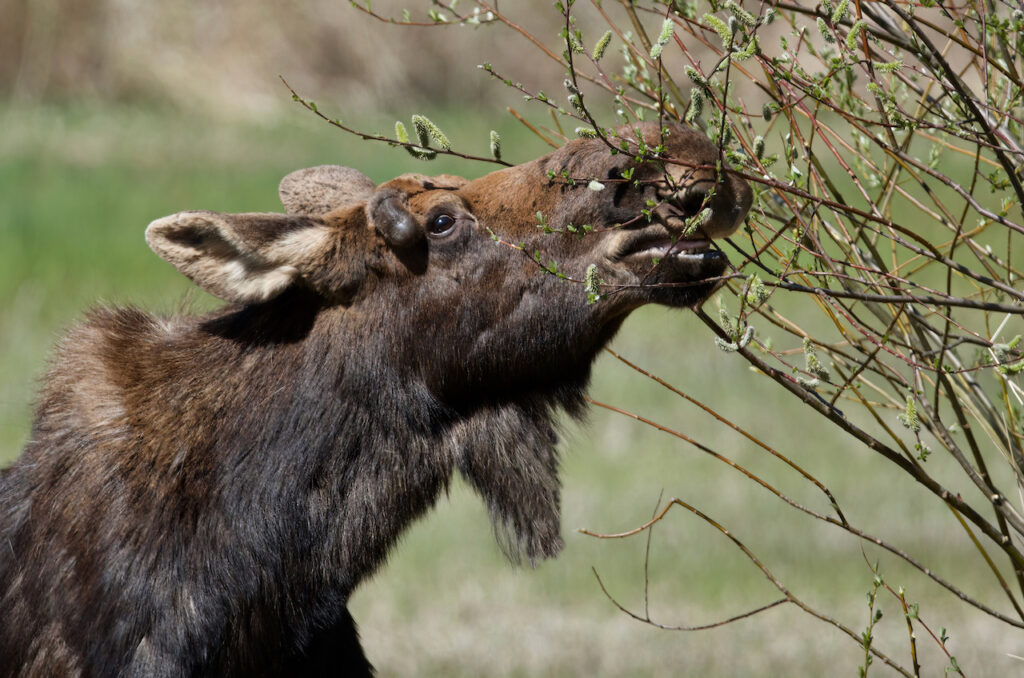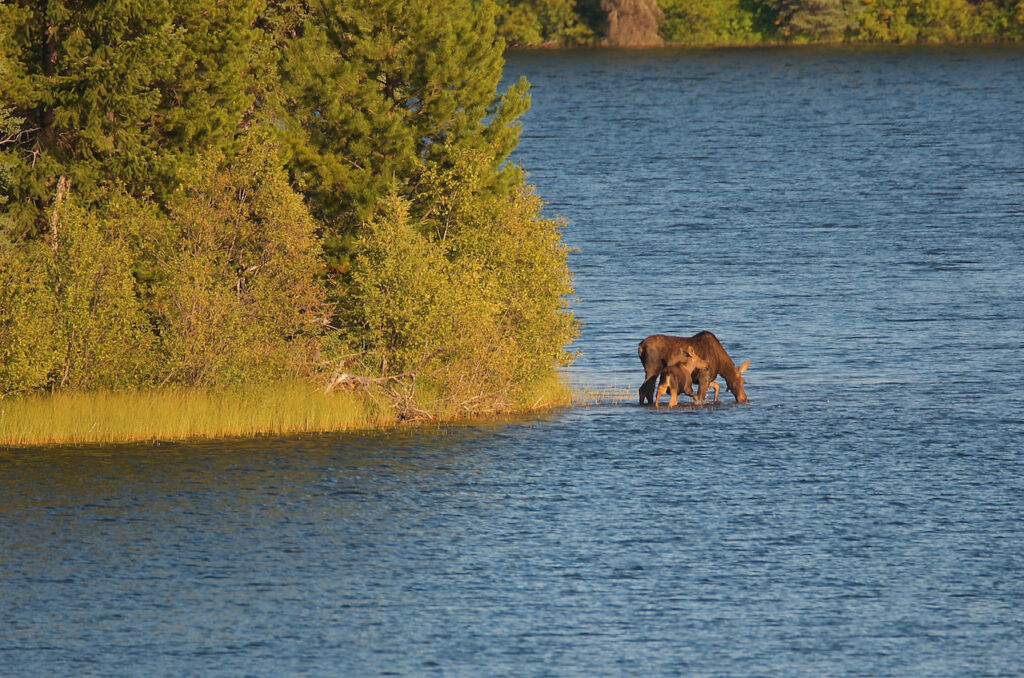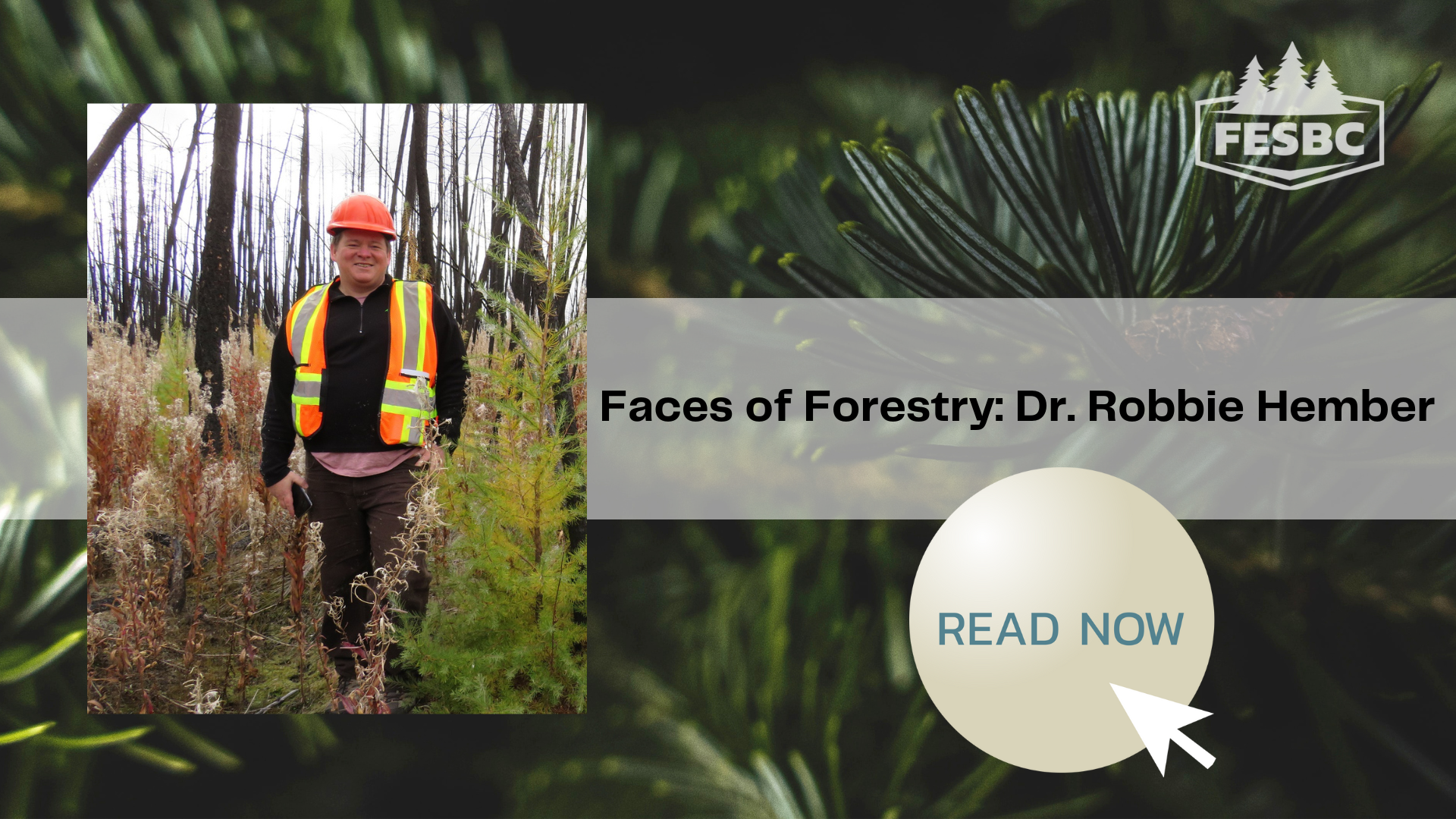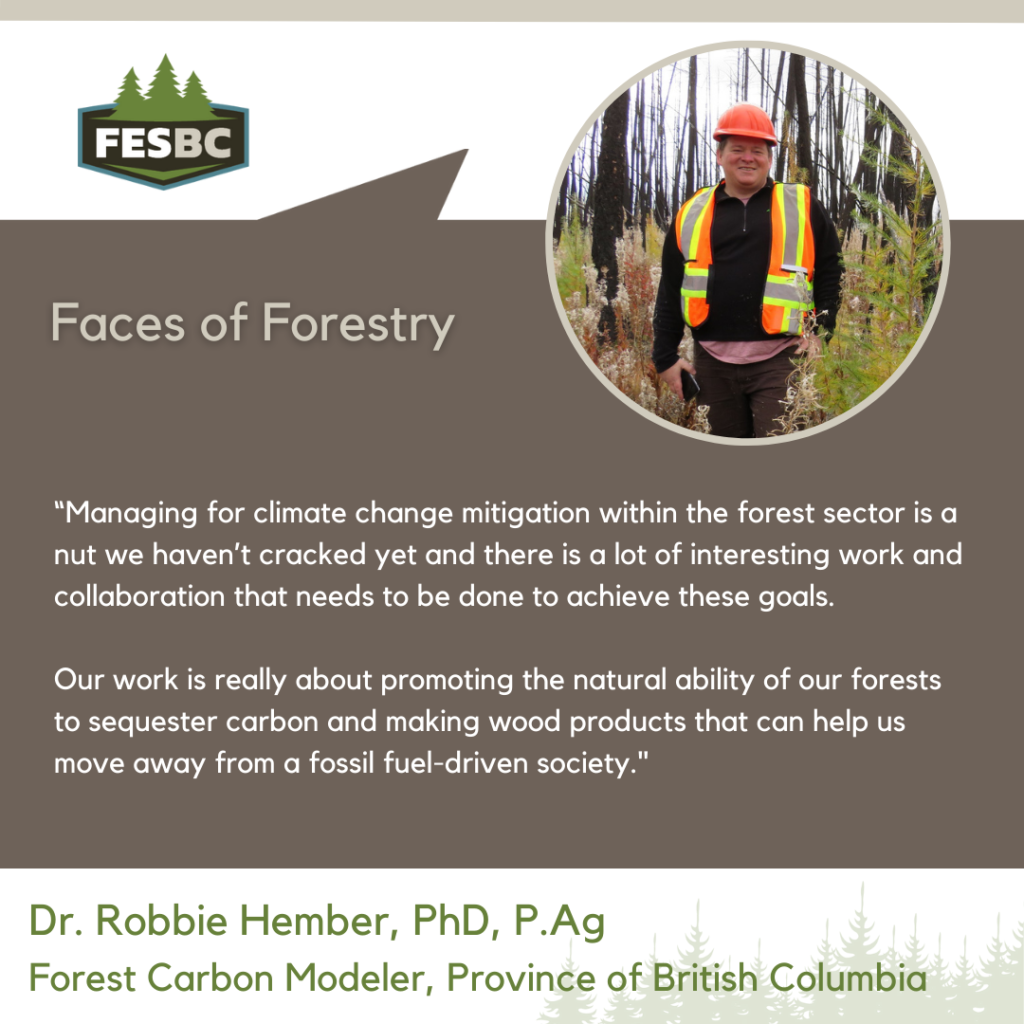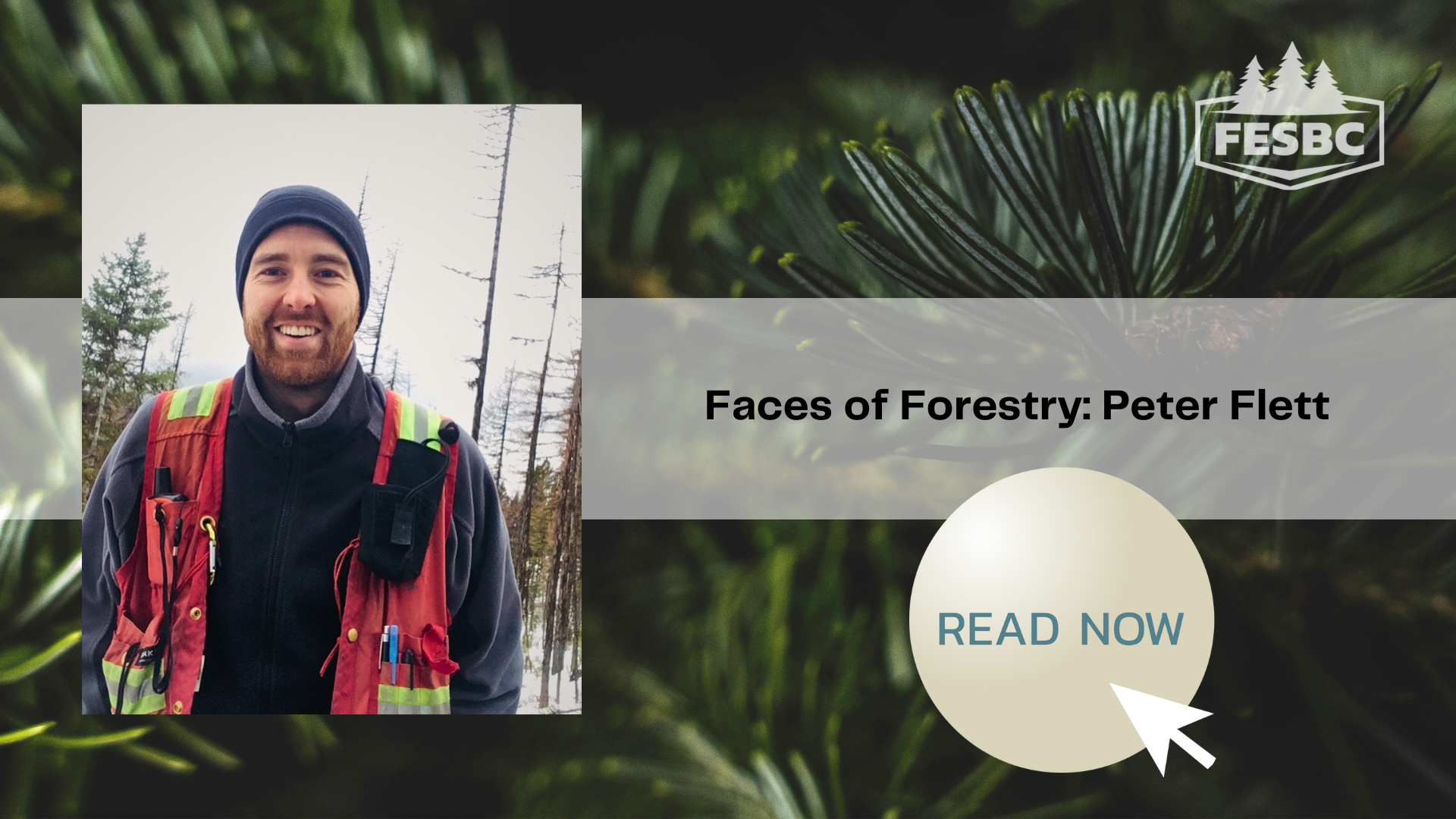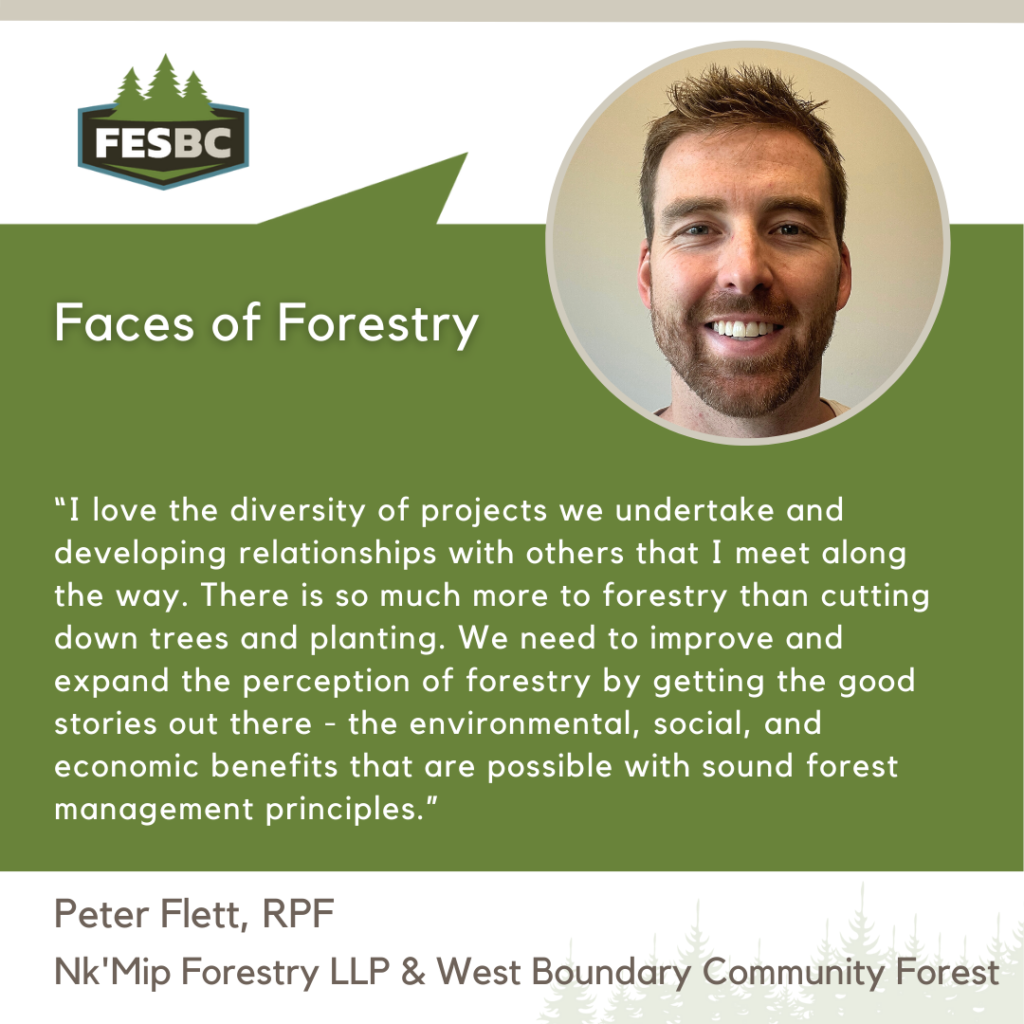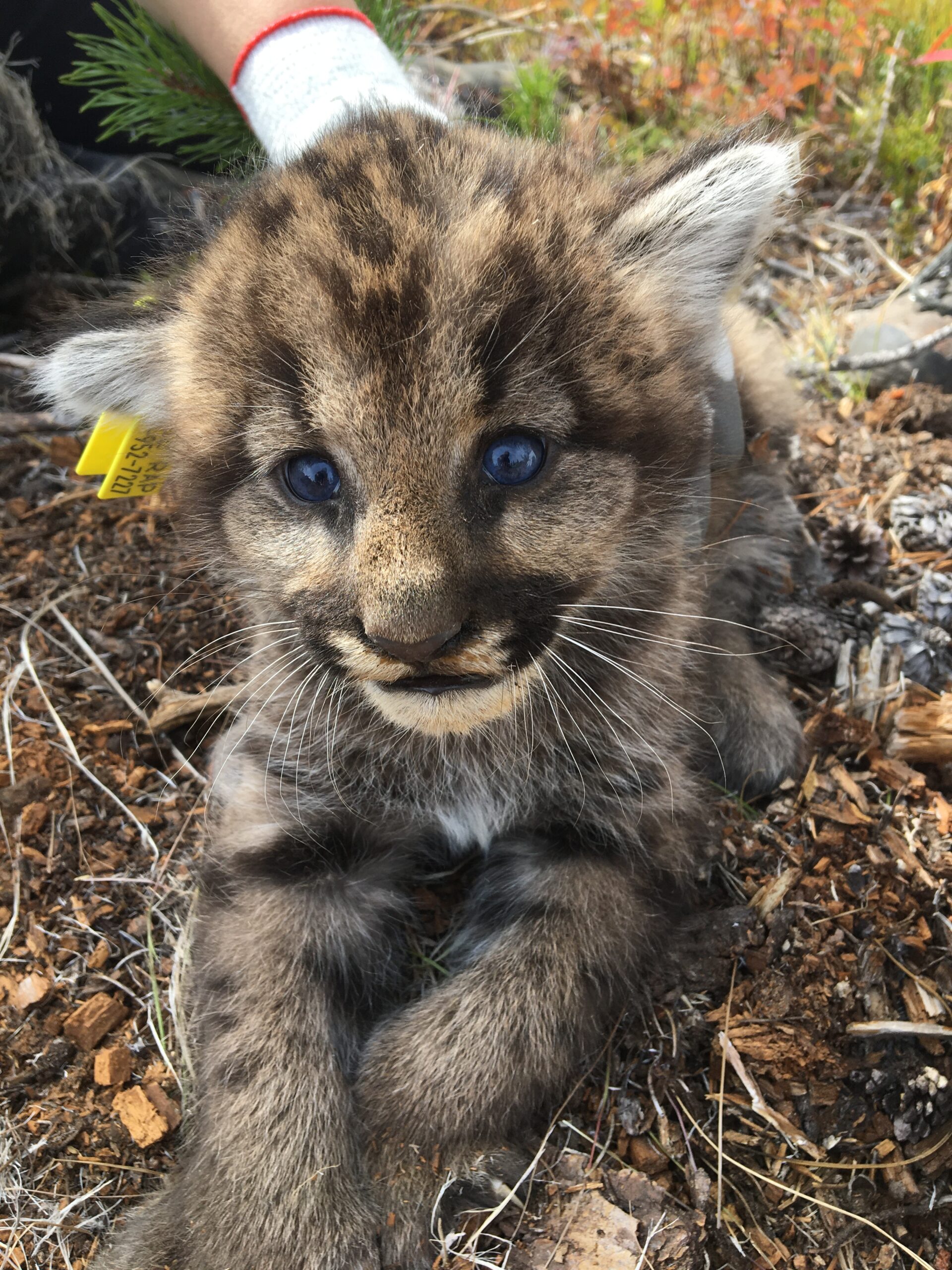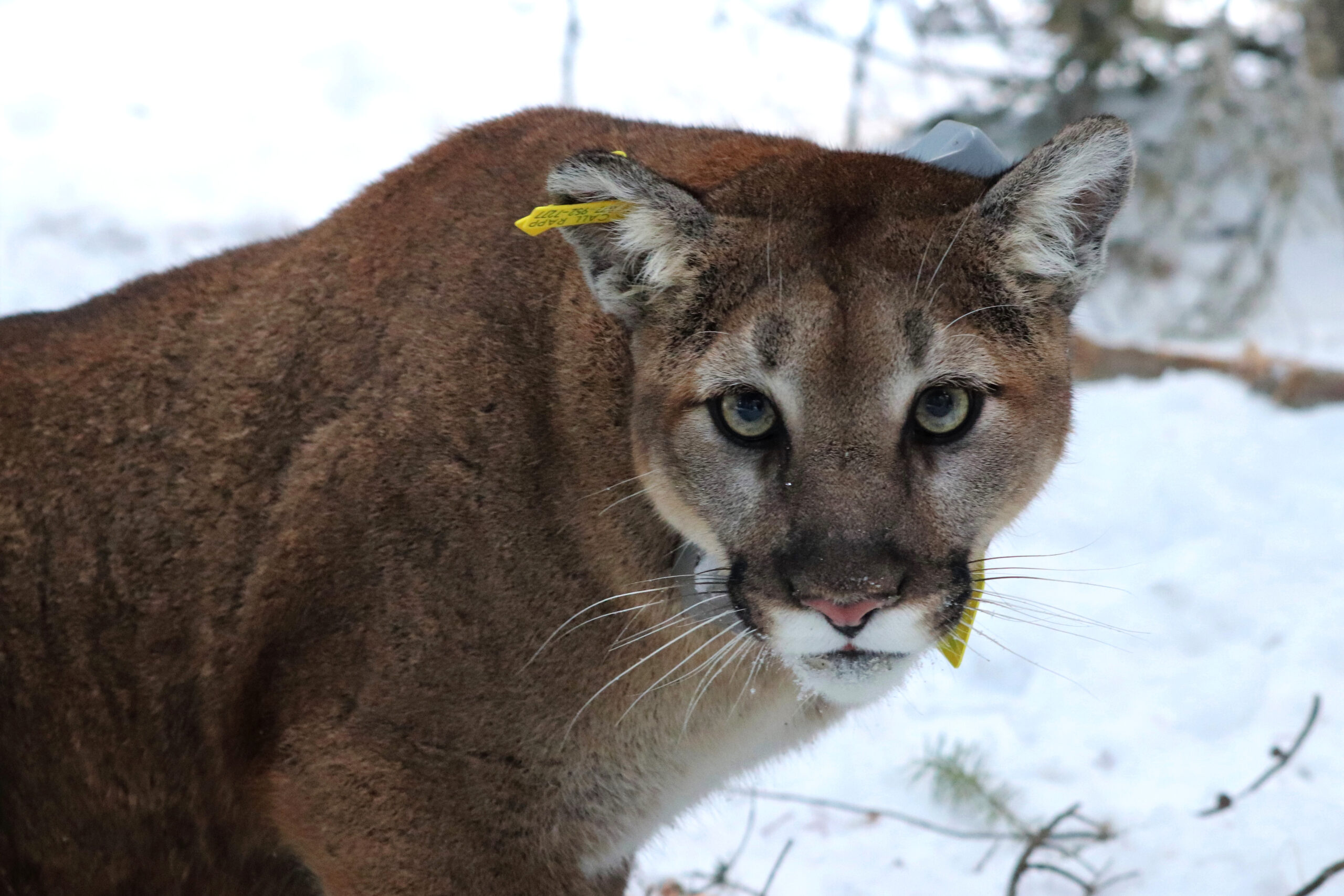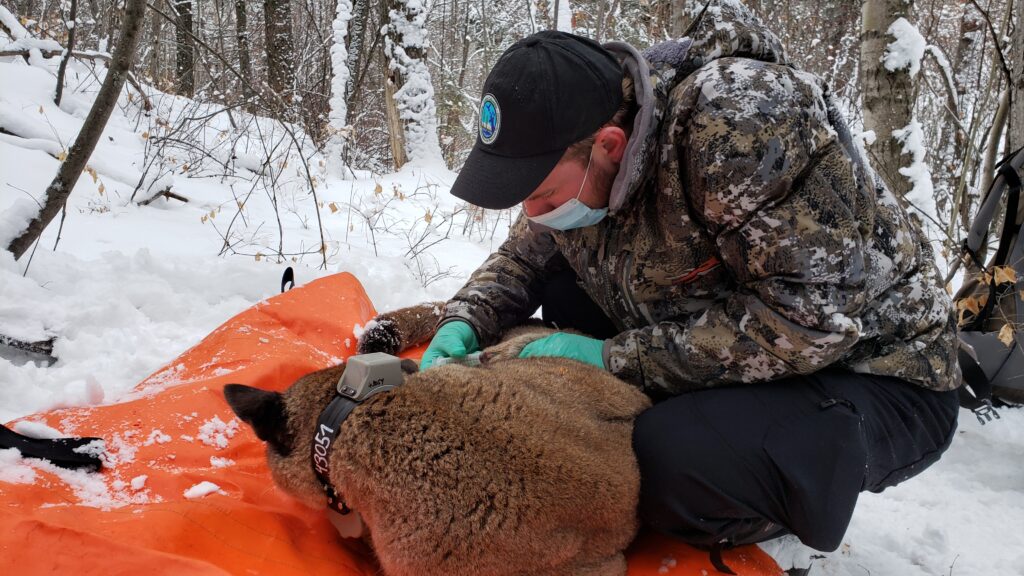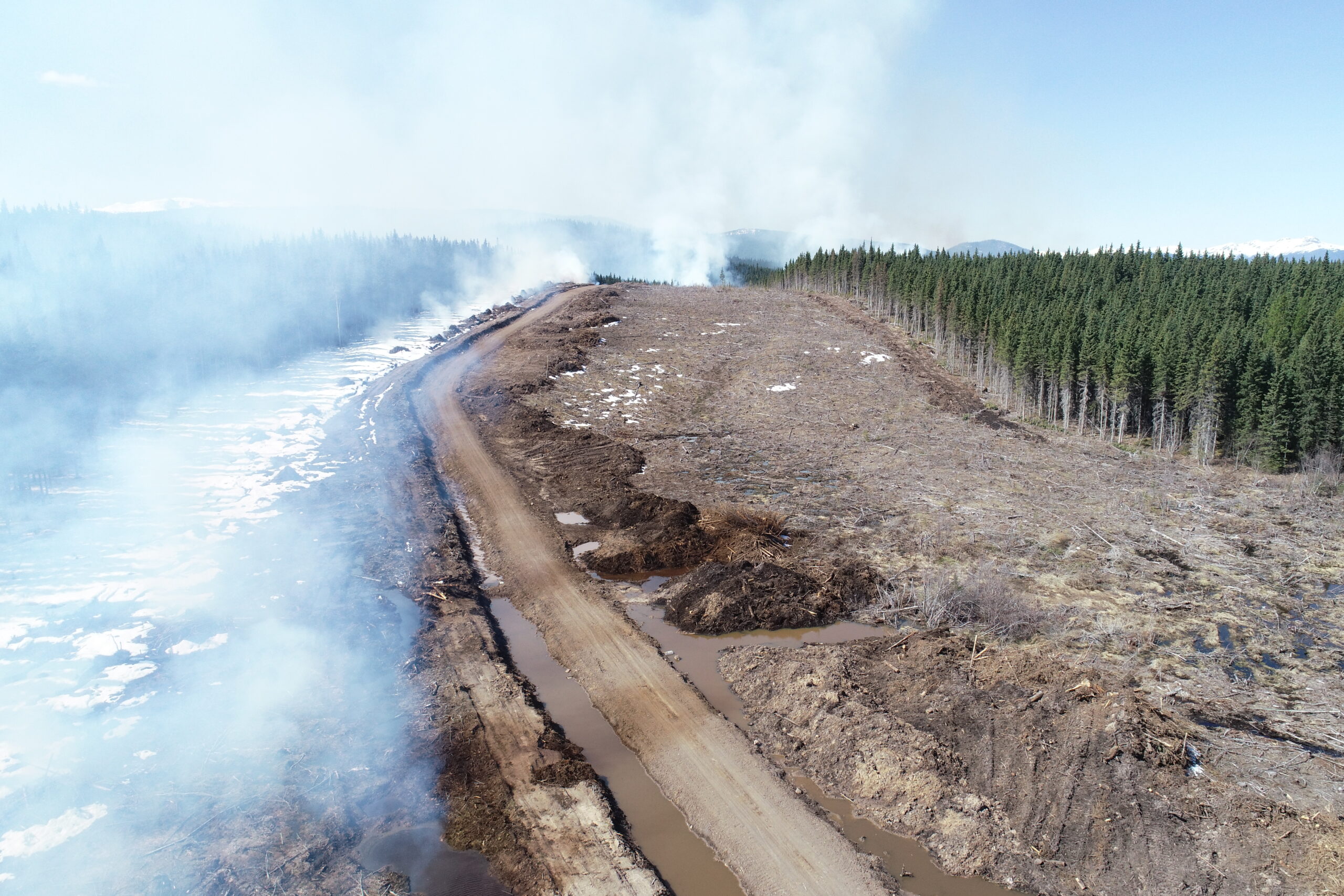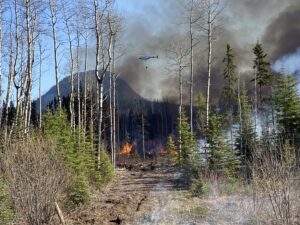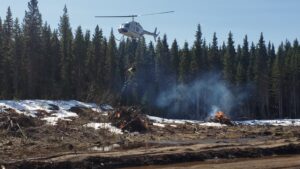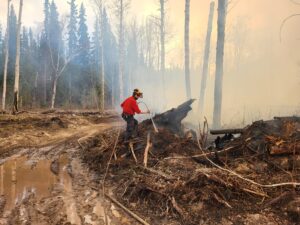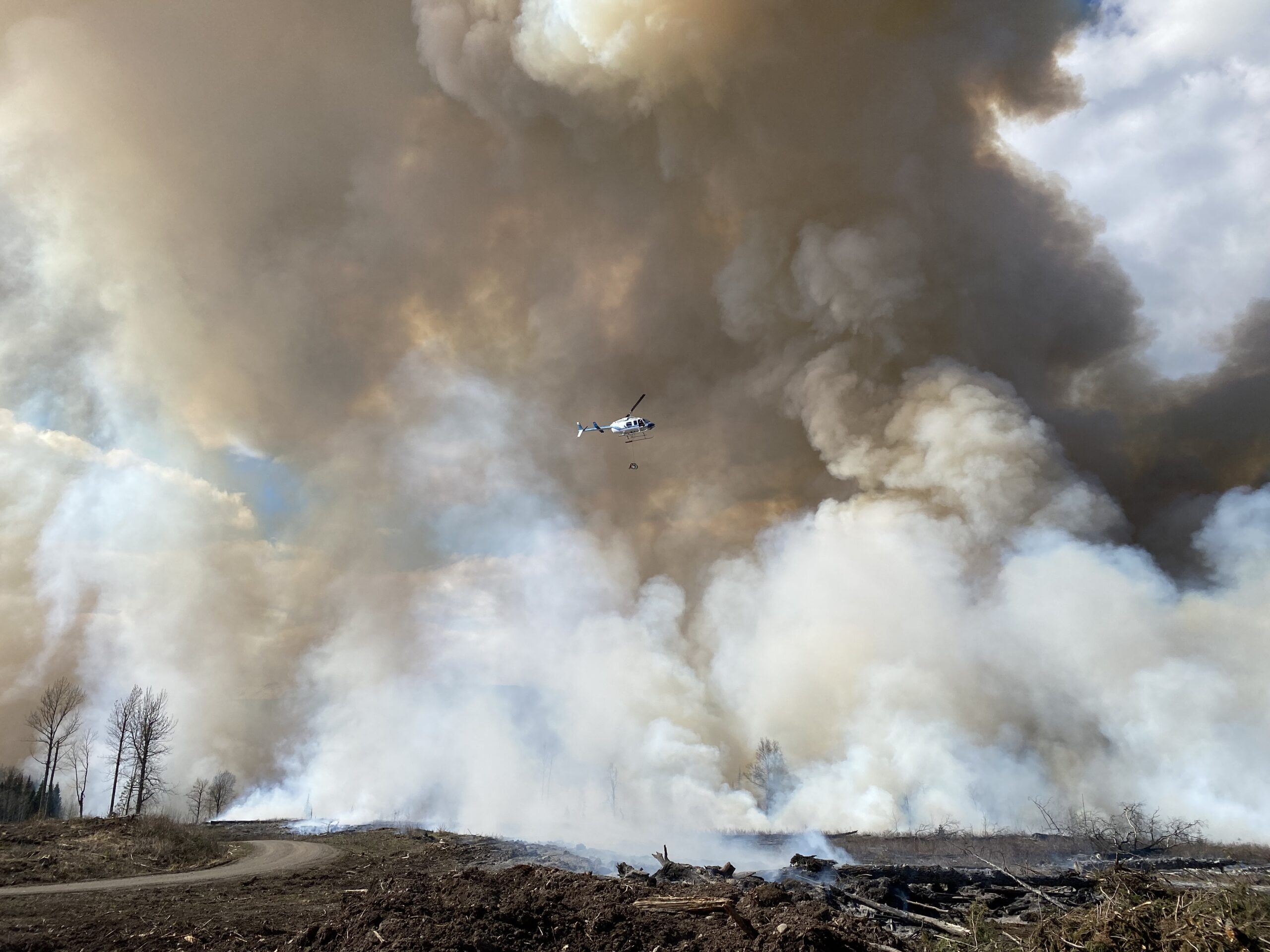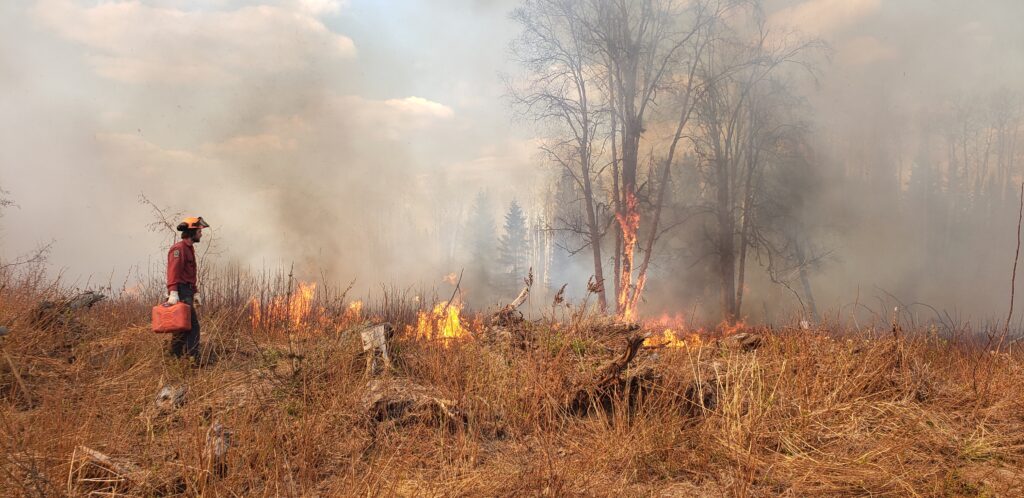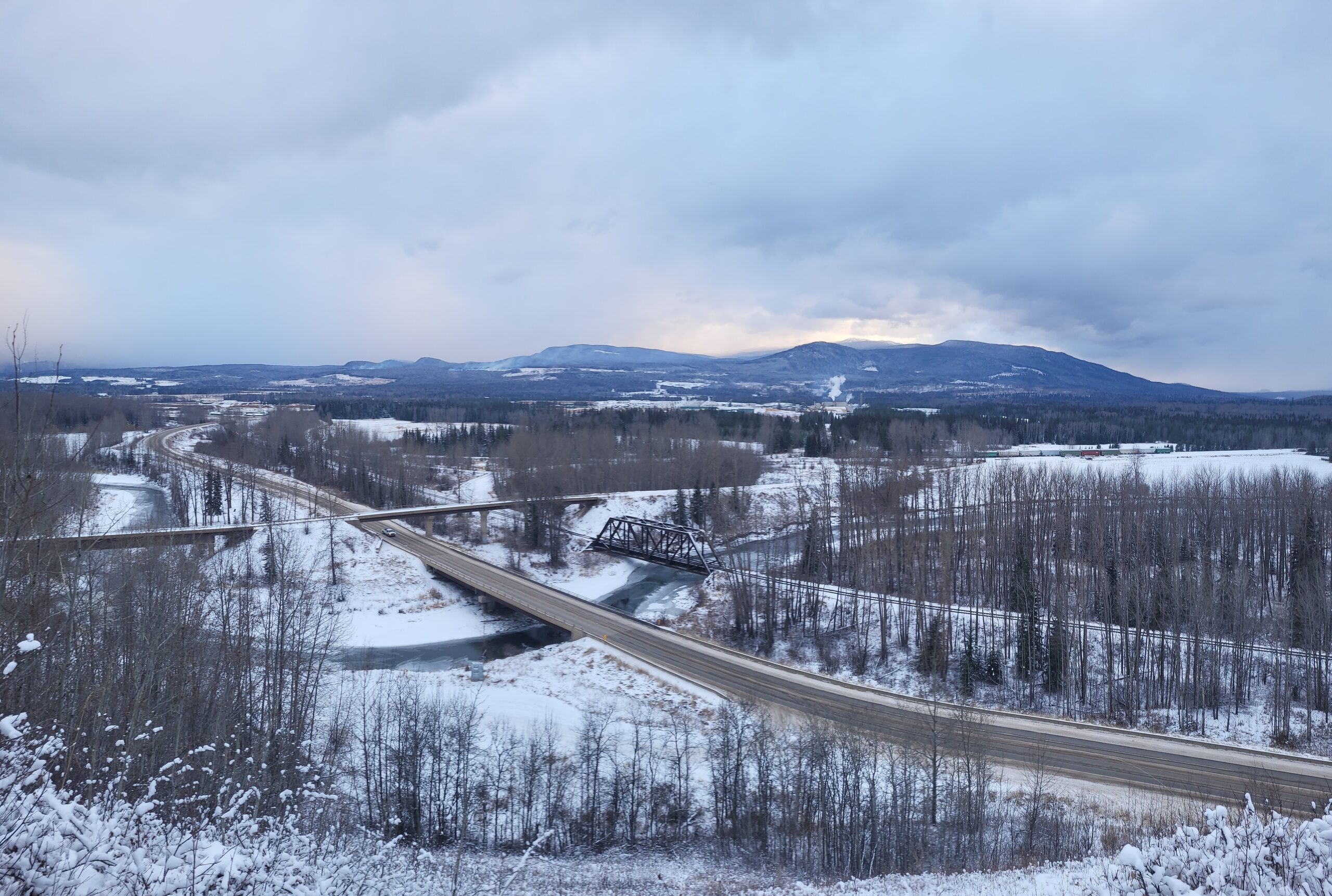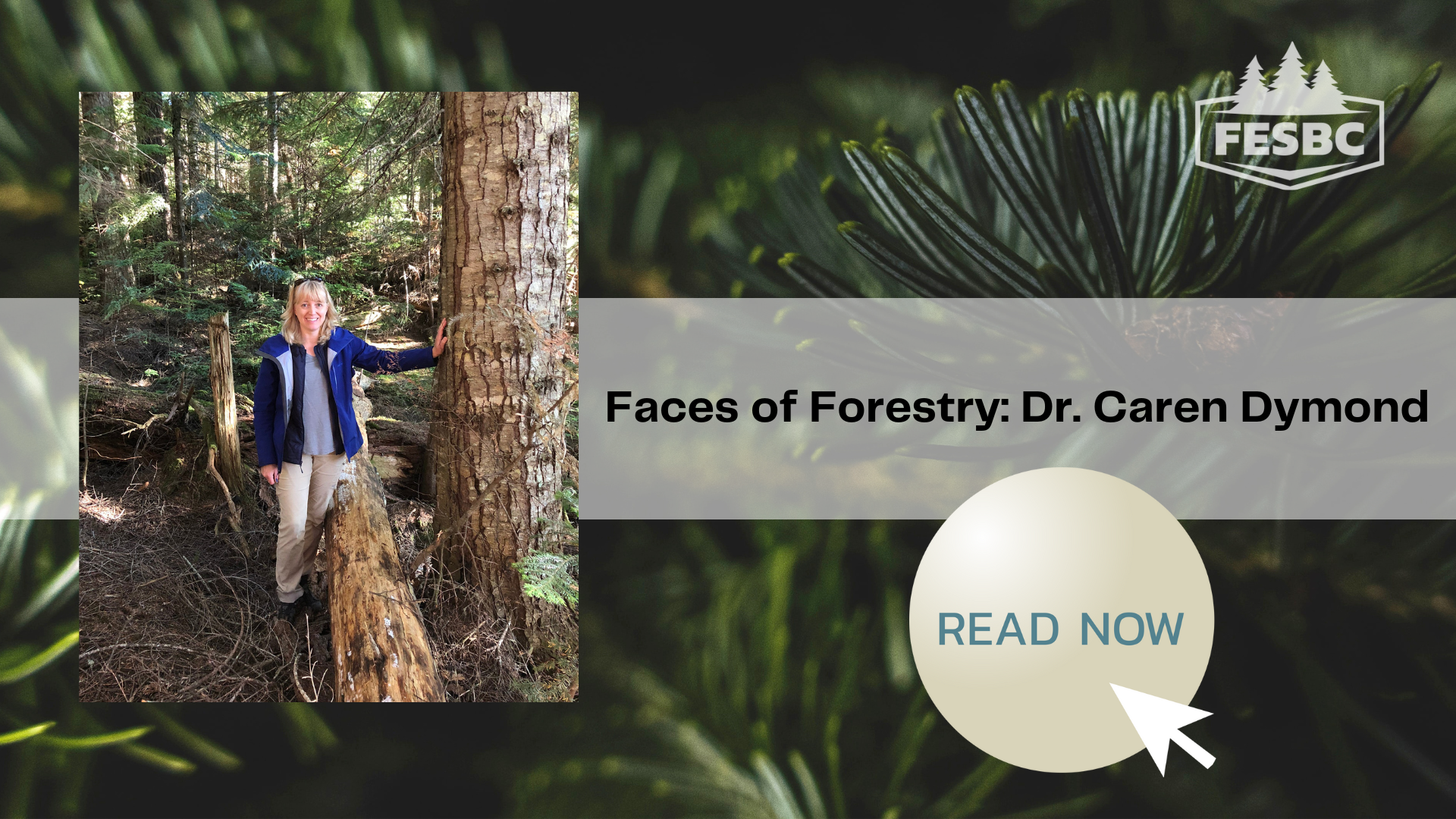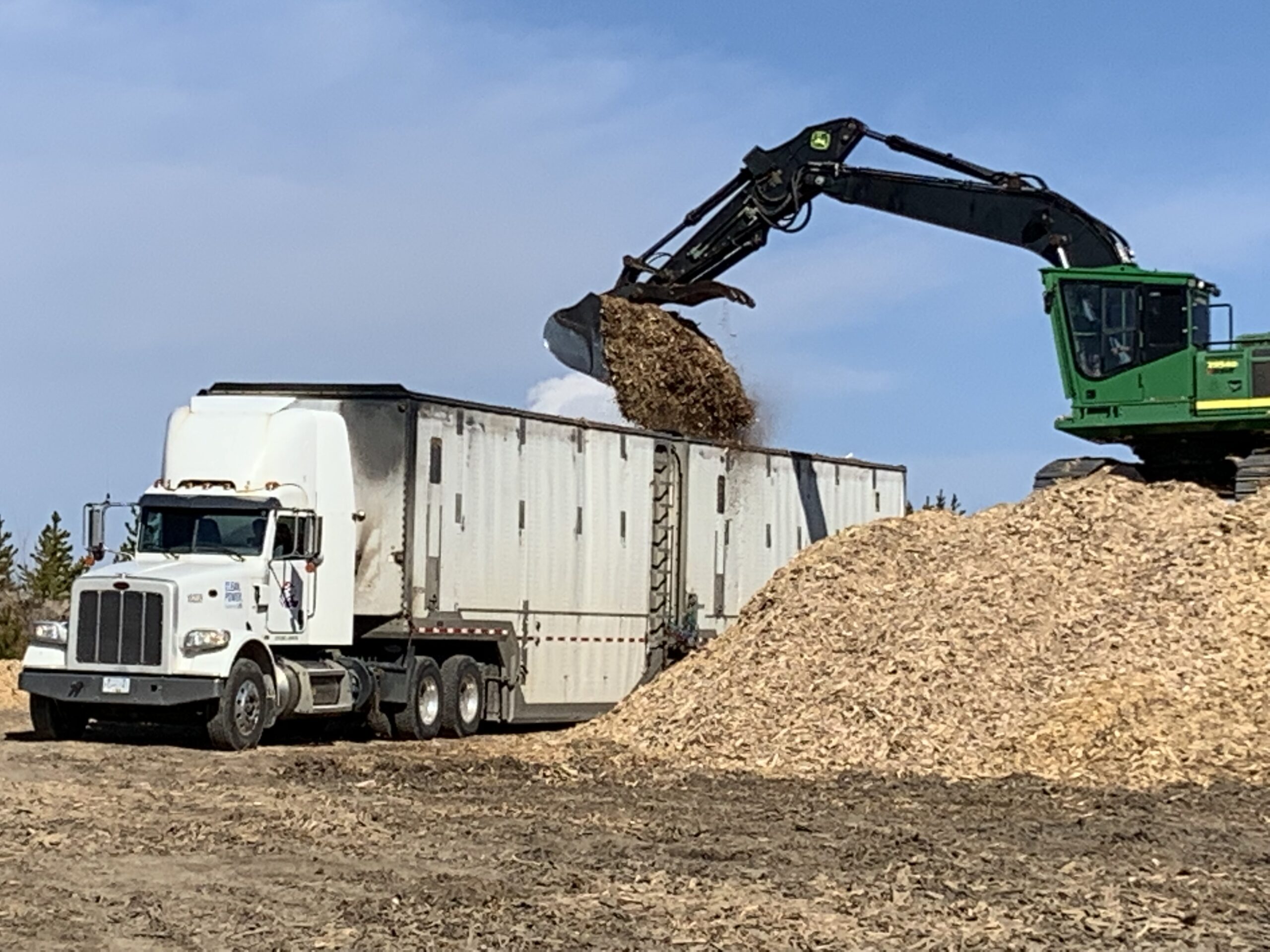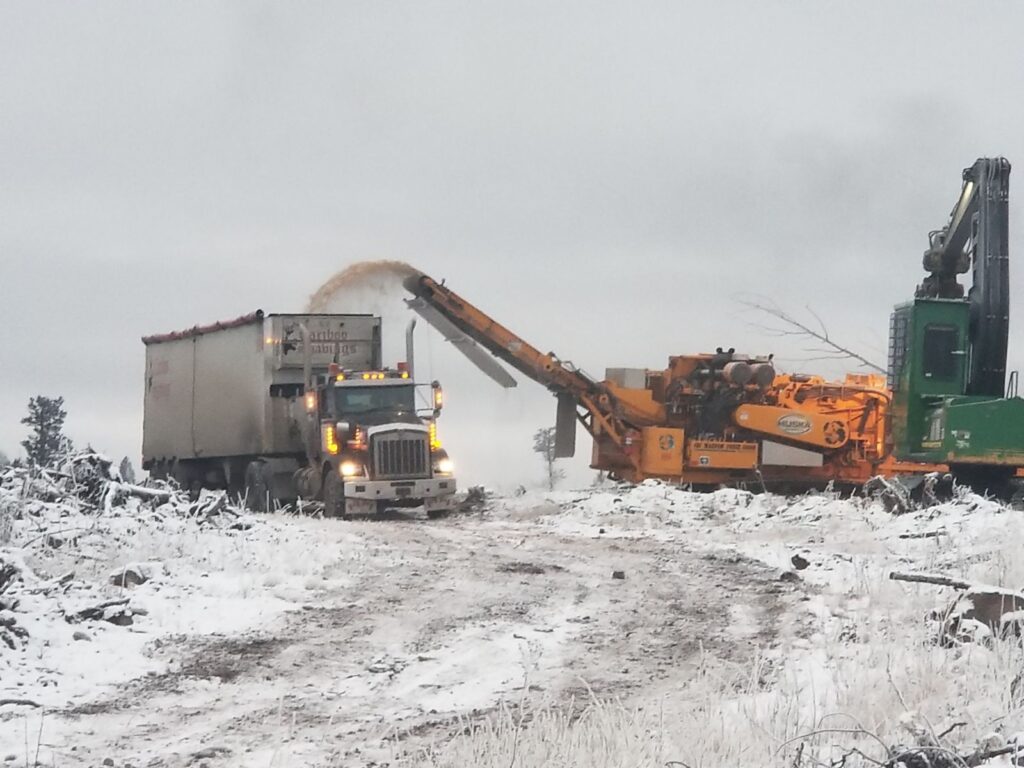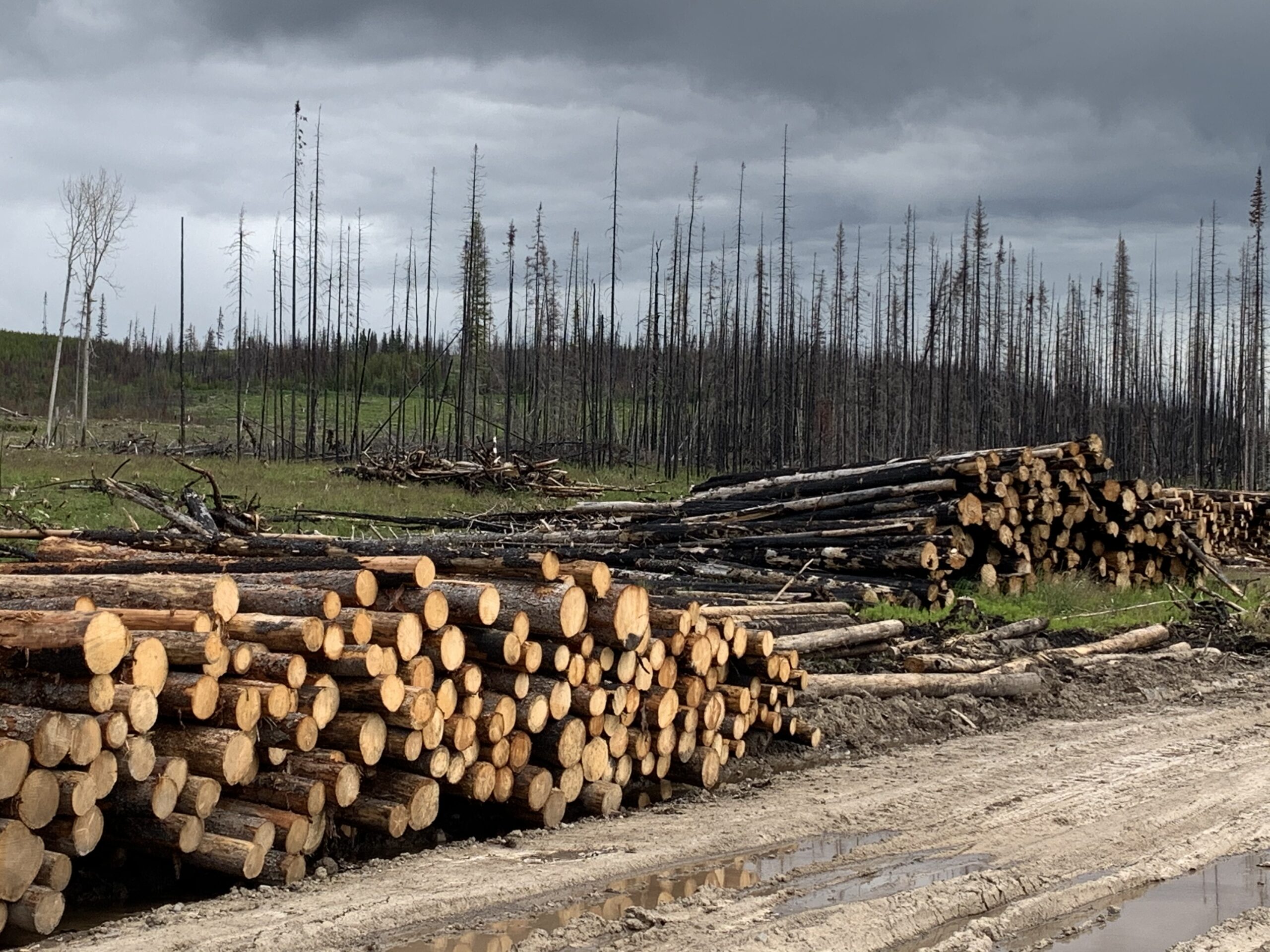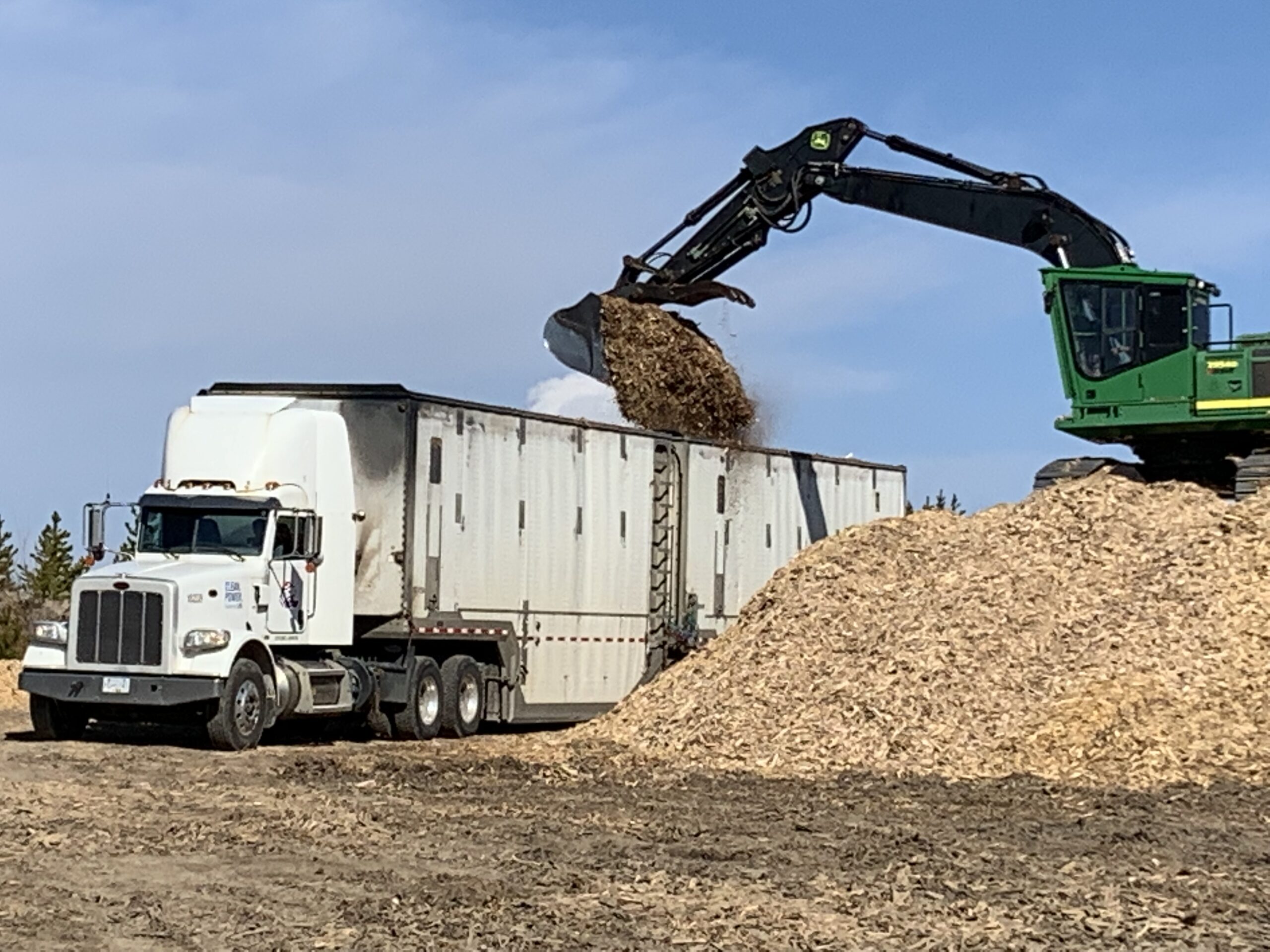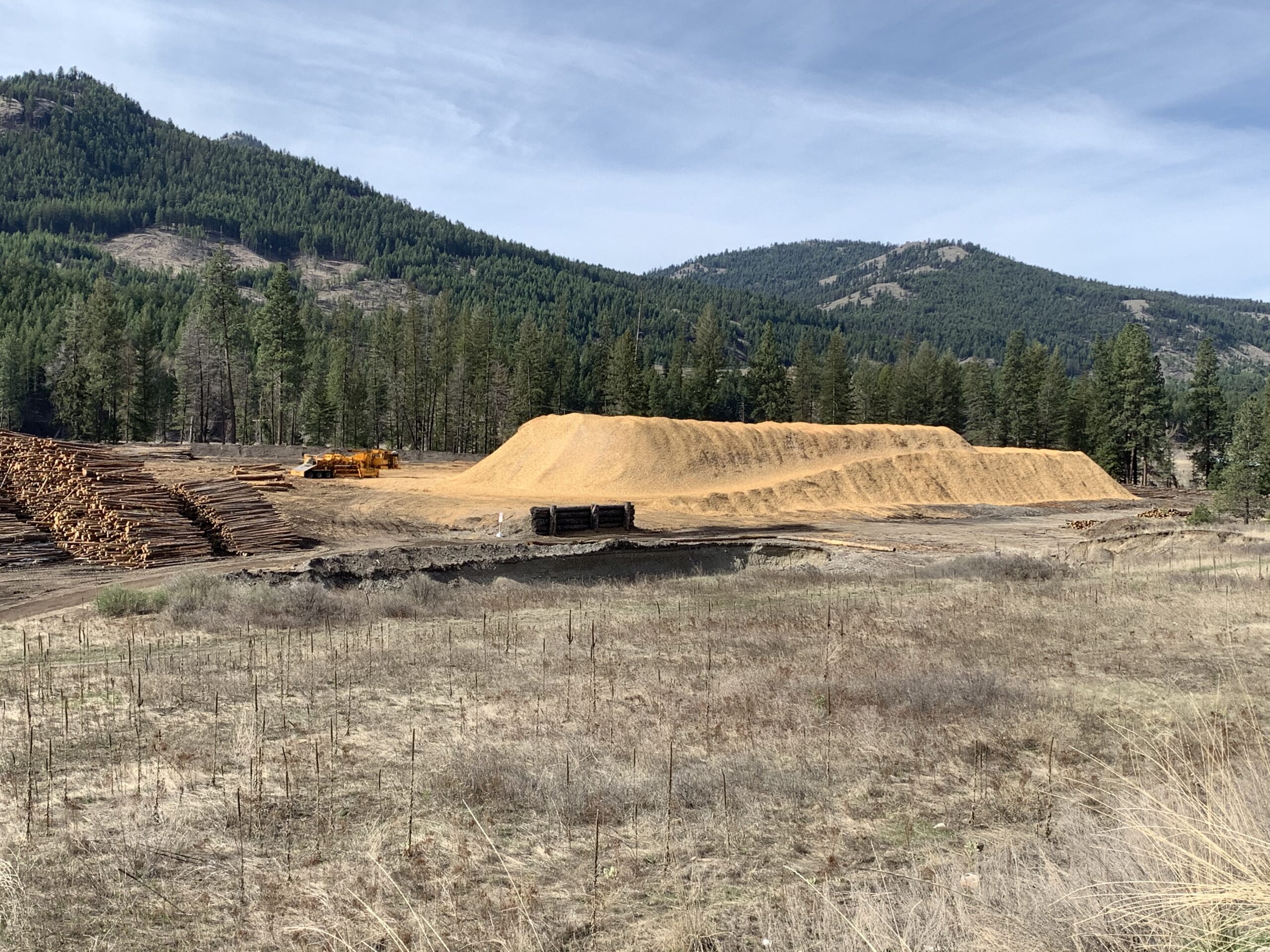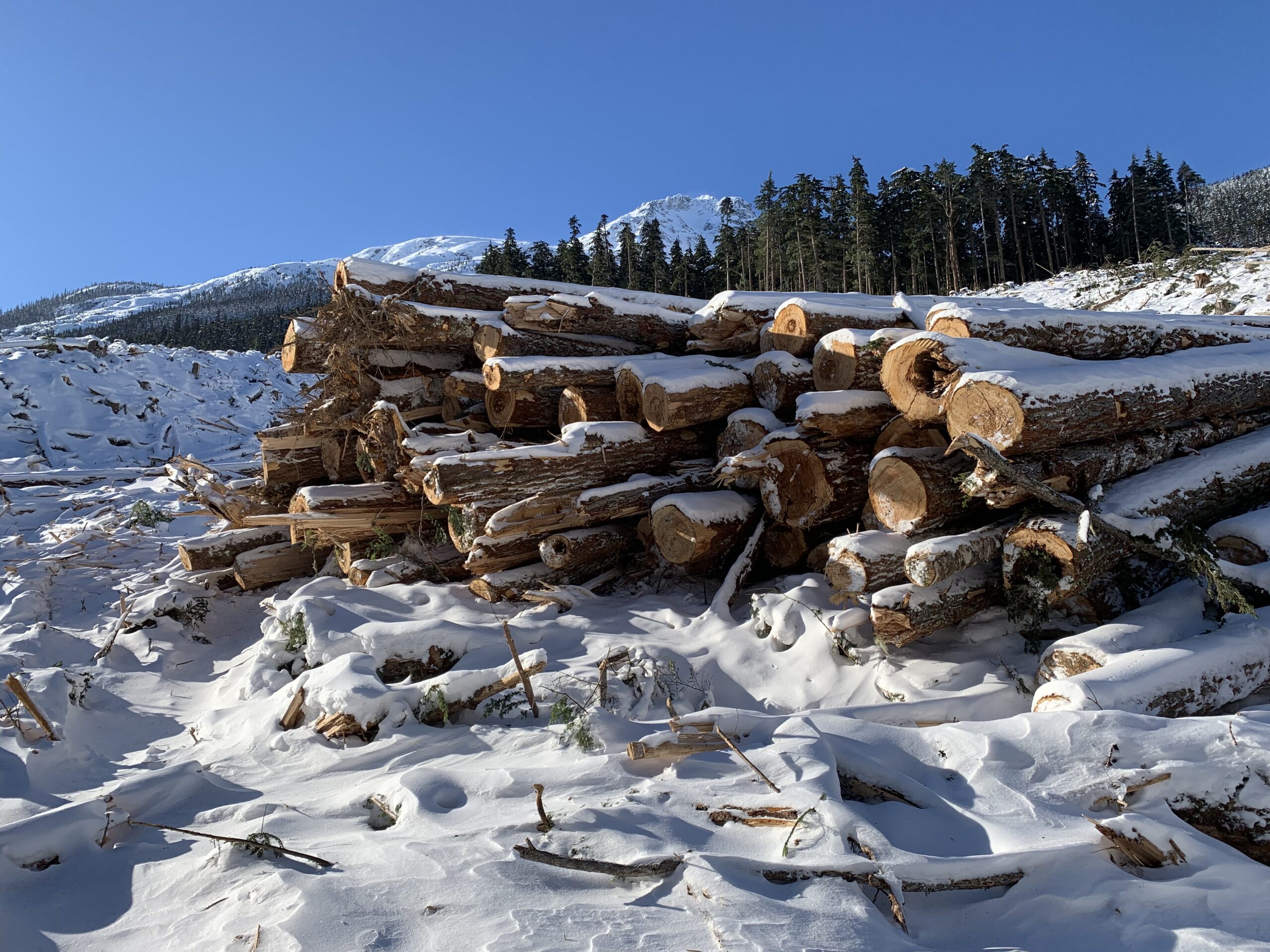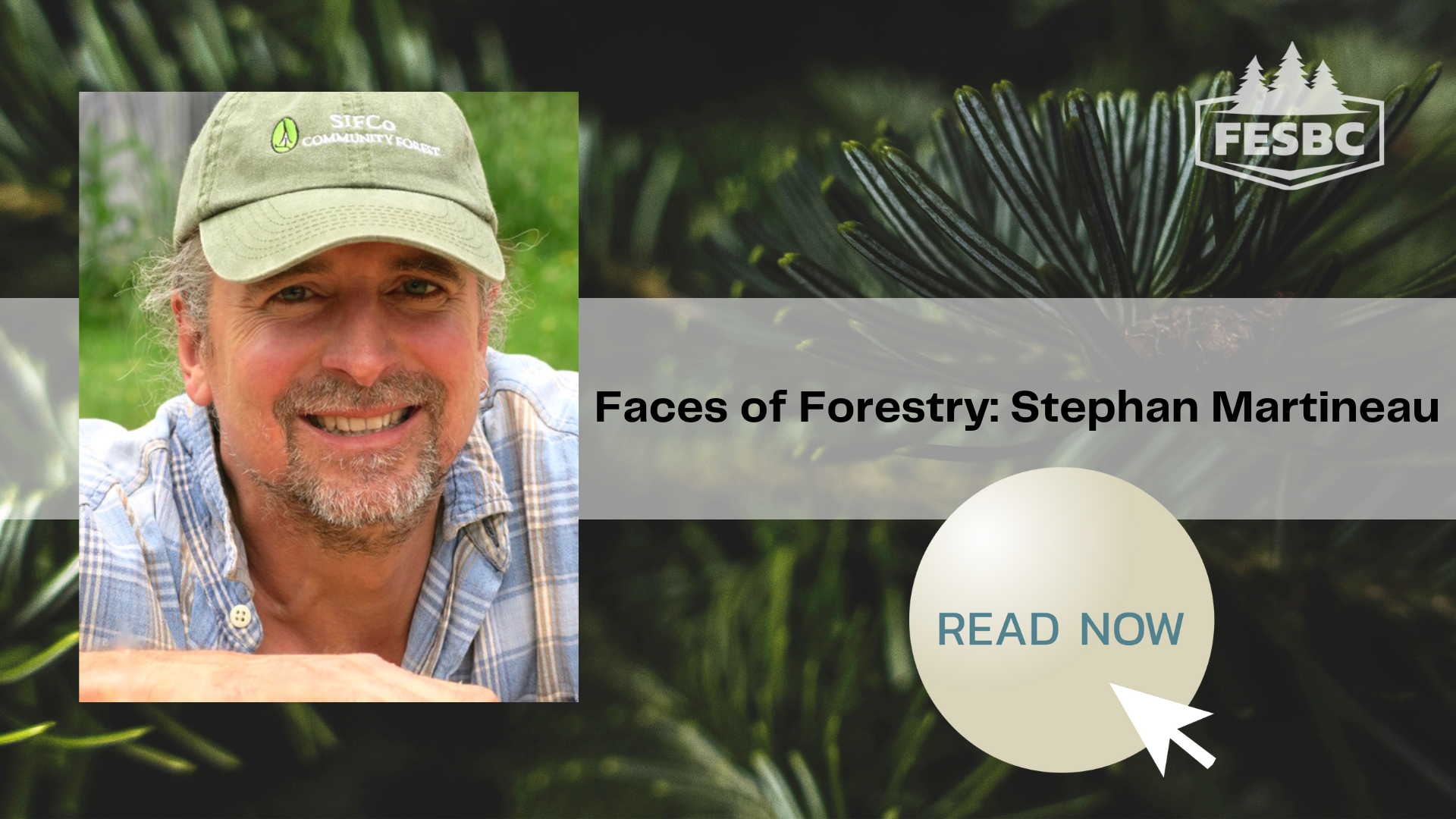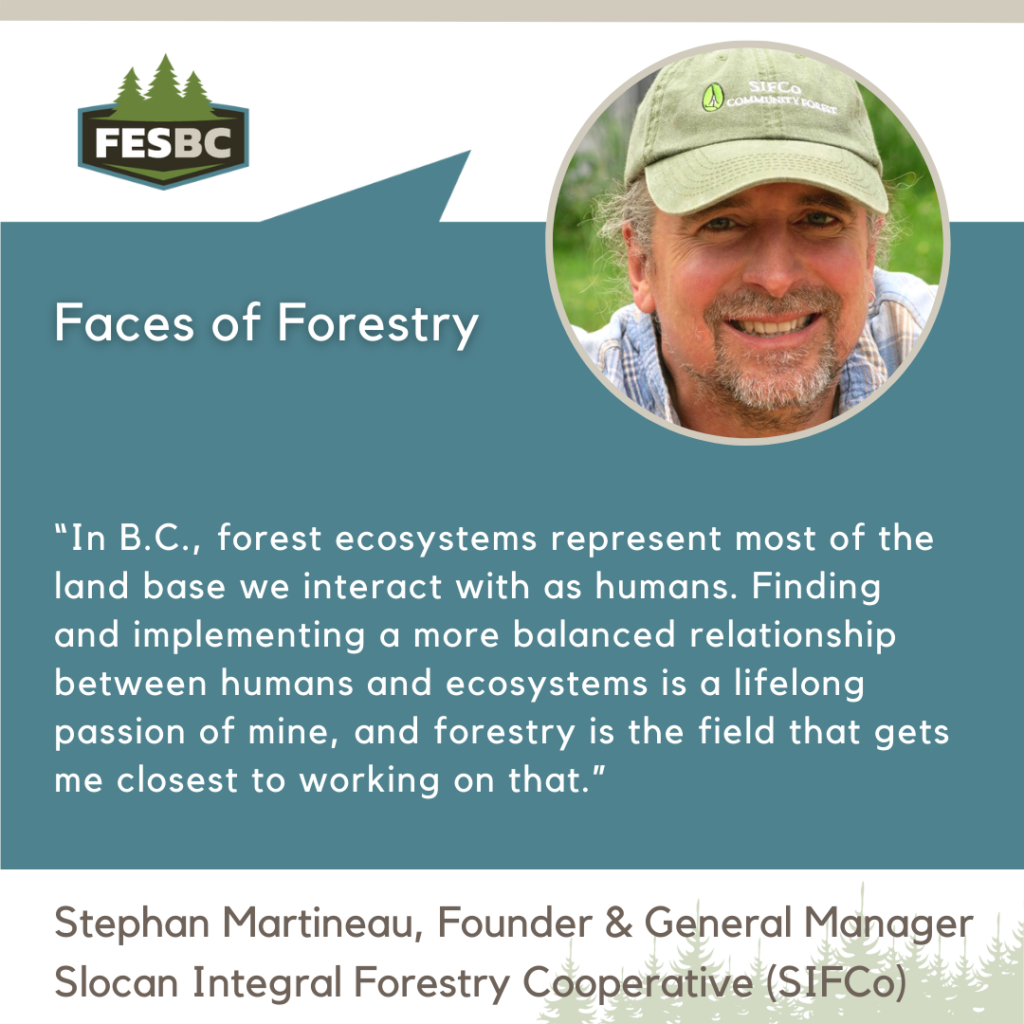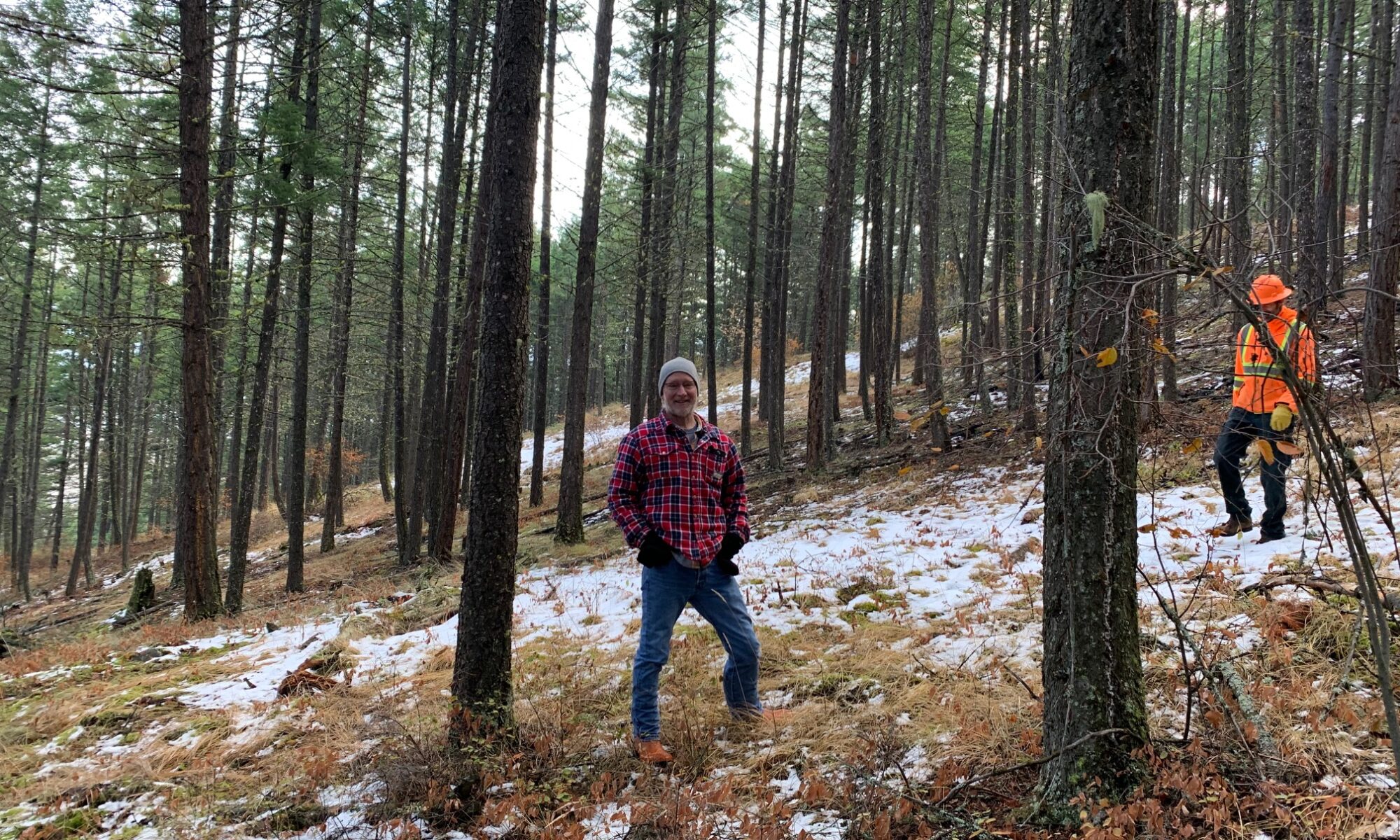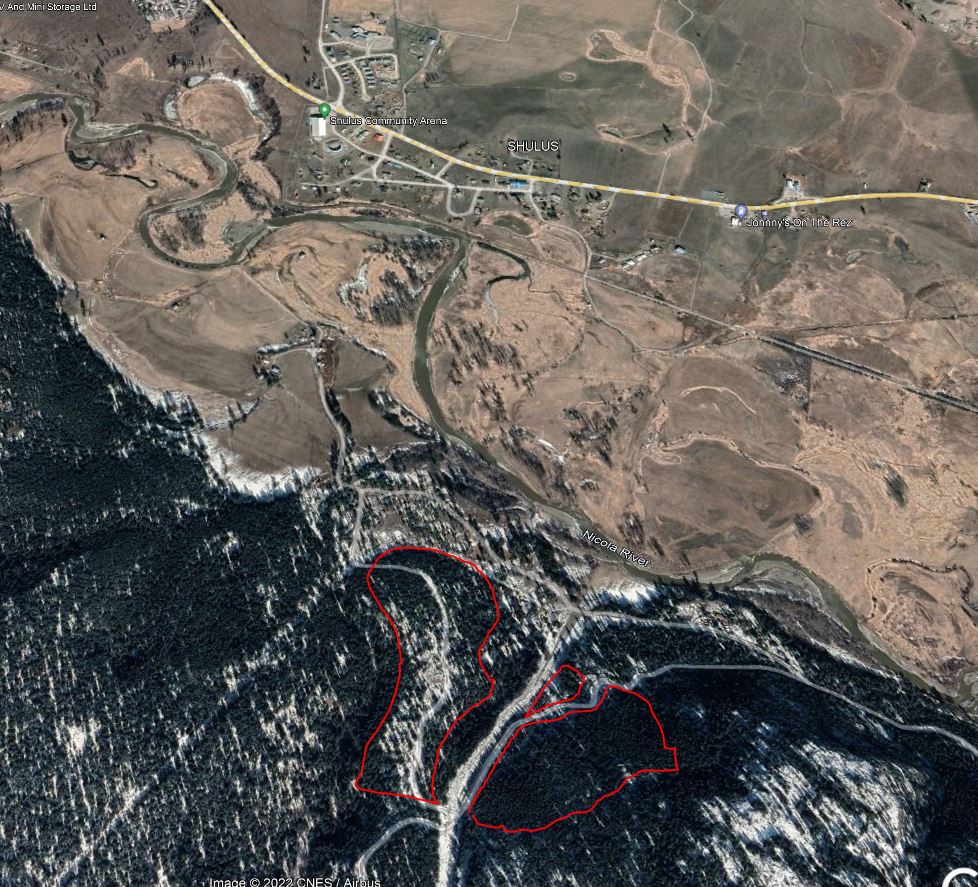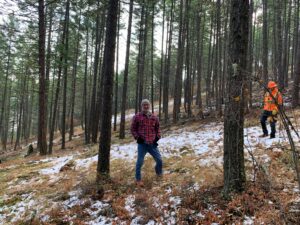Faces of Forestry is an initiative of the Forest Enhancement Society of BC (FESBC) to highlight people doing great work to enhance our forests throughout British Columbia. This month, we feature Klay Tindall, general manager of forest operations for Lil’wat Forestry Ventures LP.
Klay’s journey in forestry began with a strong educational foundation. After obtaining a Bachelor of Forestry in Forest Management/Forest Resource Management from The University of British Columbia (UBC), his commitment to personal growth led him to get an additional Certificate in Advanced Leadership from UBC Sauder School of Business.

“In the early days of my career, the adventurous spirit that forestry offered, as well as the excitement of being outdoors every day laid the foundation for this lifelong passion,” said Klay.
Currently, Klay works as the general manager of Forest Operations for Lil’wat Forestry Ventures (LFV) in Mount Currie, British Columbia, which supports the Lil’wat Nation by creating profits, employment, and training.
In this role, he ensures the operation’s contract safety and environmental leadership, leading and coordinating a team responsible for planning and implementing forestry activities. In addition, he is in charge of developing and implementing annual budgets, as well as coordinating the forestry activities with the Indigenous Affairs/Referrals department of Lil’wat Nation to ensure Rights and Titles are strengthened.
“An important part of my role is creating jobs in the community and developing employee skills,” added Klay. “LFV averages 35 employees and does contract forest firefighting, fuels management, silviculture, and road maintenance work for other licensees and clients. I deal directly with our clients that the contracting department works for.”
Additionally, he manages the harvesting, engineering, and silviculture contractors over Lil’wat Nations’ five forest tenures, with LFV harvesting approximately 100,000 cubic metres of timber annually.
Klay’s commitment to enhancing British Columbia’s forests is evident through his engagement with the FESBC. Since 2019, he has led many fuels management projects through his work with the Cheakamus Community Forest (CCF) utilizing FESBC funds.
“Currently, we are working with FESBC on fuels management projects in the CCF and Spel’kúmtn Community Forest, hoping to extend that project to 2024. We are also receiving support from them to harvest low-value stands in Lil’wat Traditional Territory,” he explained.
Reflecting on the journey, one of the aspects Klay cherishes the most is the ability to create long-term financial benefits and meaningful careers for the Lil’wat community.
As he explains, “forestry is an exciting, tricky and ever-changing industry,” adding that “it involves complex and sometimes undiscovered science, historical and traditional knowledge, as well as intrinsic values. It provides meaningful employment producing sustainable products, as well as places to gather food and enjoy the beauties of nature.”
Outside his work, Klay finds solace in the mountains around Whistler, spending quality time with his loved ones. His passion for forestry extends beyond professional boundaries and into his family, as both of his oldest sons have followed in his footsteps, pursuing careers in forestry across British Columbia.
Thank you, Klay, for your dedication to sustainable forestry, and unwavering commitment to supporting the Lil’wat community.


